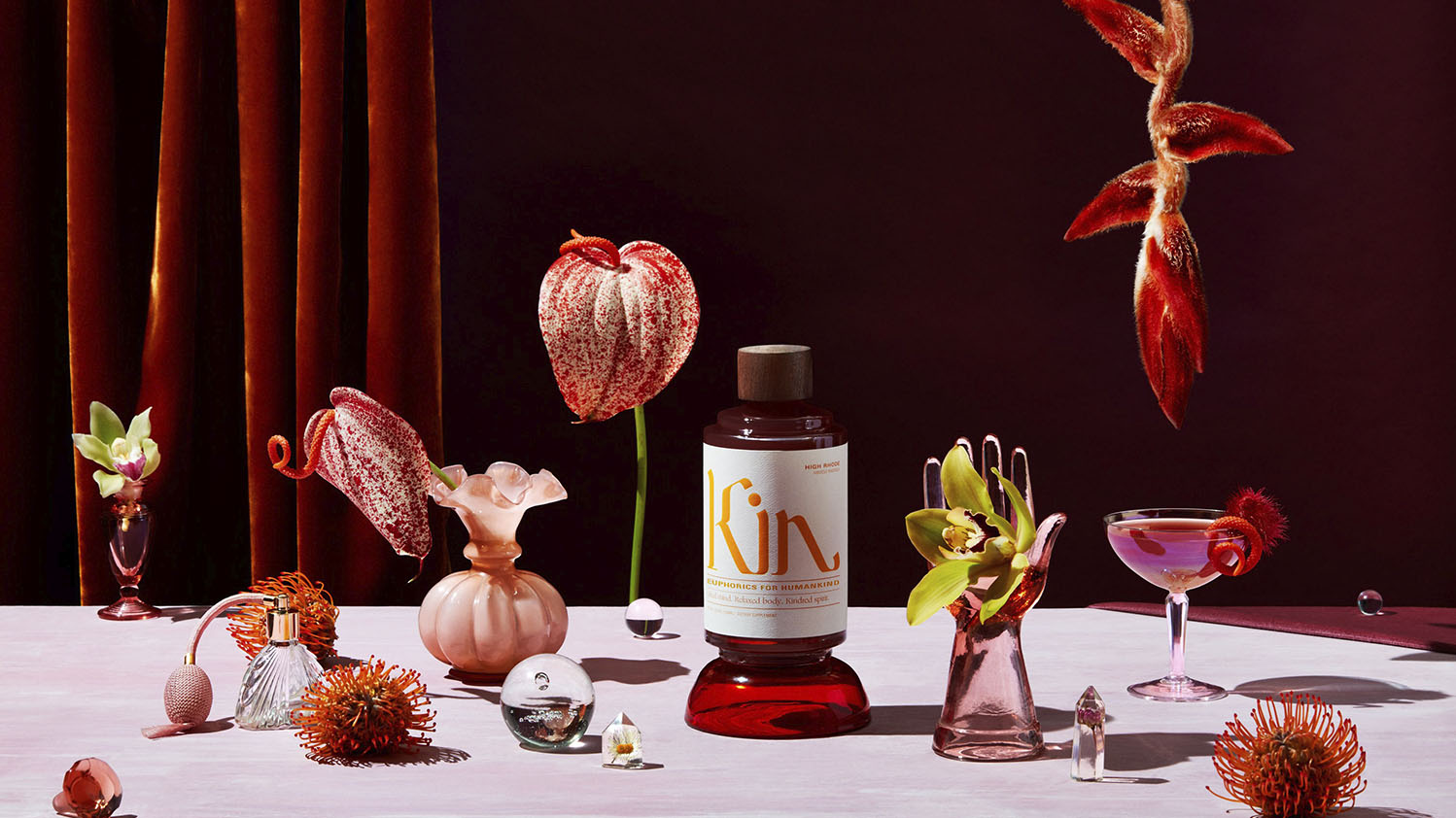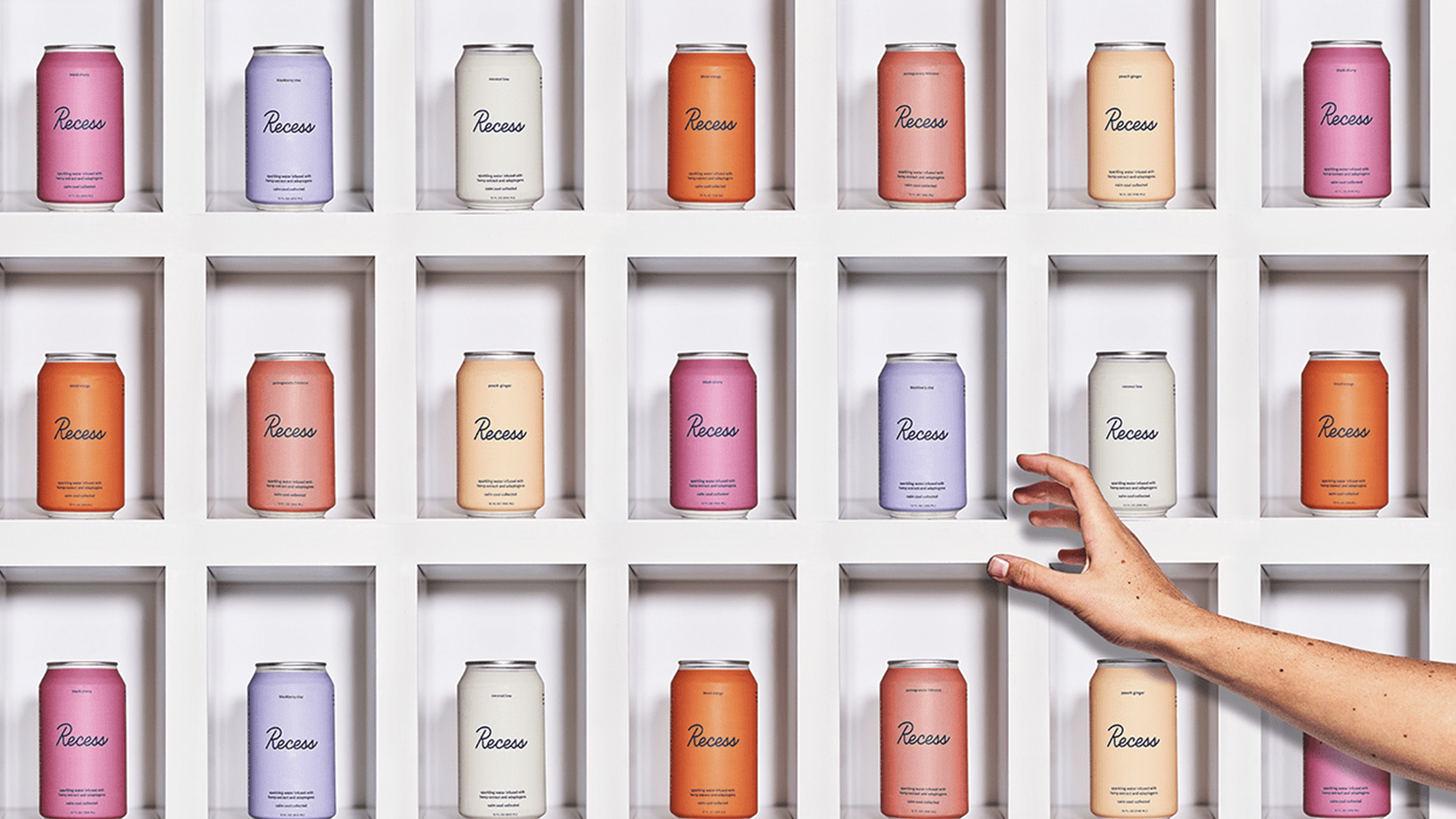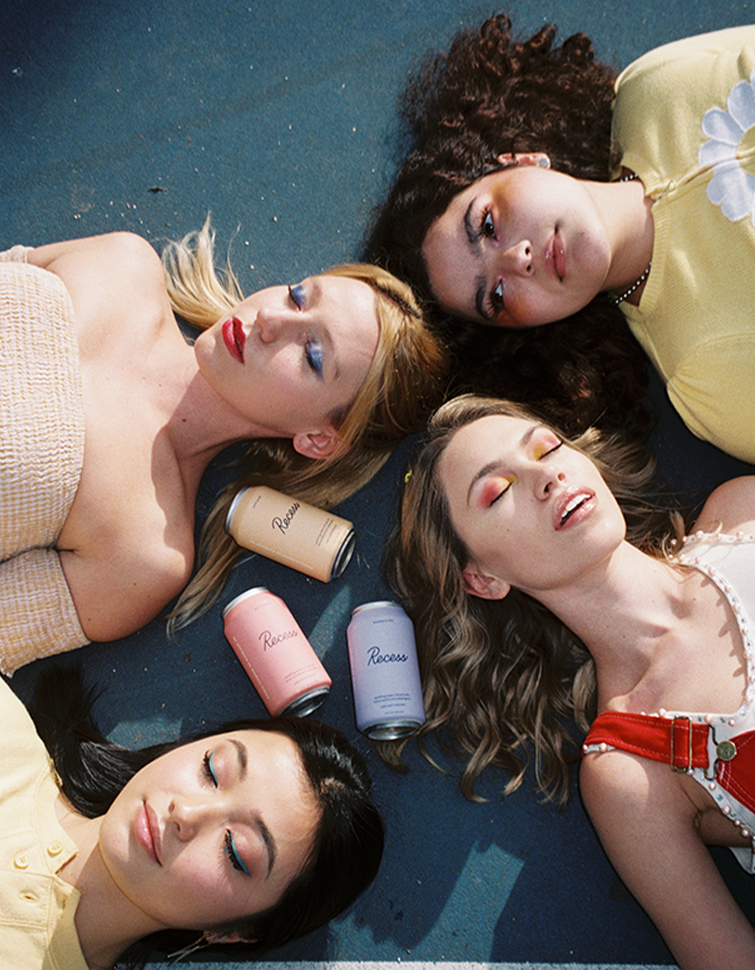January was the perfect time to rethink how we consume, with ‘Dry January’ being the annual penance for an indulgent Christmas break. In the UK, roughly 8 million of us take part in it every year, with more than half likely to give up by the second week. By the time this hit your inbox, this number would have increased by much more and you might have been tempted to throw in the towel yourself. But before you reached for your reliable red, it could have been worth considering a non-alcoholic alternative.
The functional beverage space is flourishing. Not only are we seeing big brewers and distillers develop their zero-alcohol offering (a sector which grew 17% in the UK last year), but there’s also a new school of challengers looking to provide a buzz, minus the hangover and potential poor decision-making.
Nootropics, adaptogens and botanicals are some of the new RTBs you can expect to see take prominence in the alternative market. These ingredients are employed with a focus on how they make you feel, intended to elevate your experience at traditional ‘alcohol occasions’. It’s uncharted territory for the role of brand. A highly competitive space with many overlapping and interchangeable semiotic codes, ranging from the mystical to the scientific. It’s taste vs function. At a glance, we know that wellbeing is the order of the day, and we know we should drink it, but we’re not too sure what’s in it or how it works.


